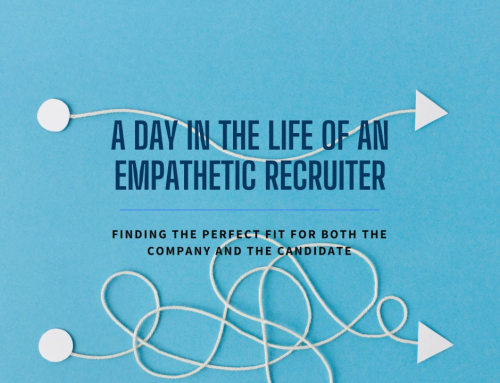by Anthony Ysasaga
The recent Pandemic has caused so much uncertainty in the business world. U.S. companies have started restricting budgets, and others have begun to reduce their workforces. Instead of sitting idle waiting for that next big rush, why not take advantage of this time to hone your sourcing skills?
Since company budgets are will be reevaluated, it’s safe to say that most extraneous spending for recruiting tools will be reduced or eliminated.
Now is the perfect time to seek out free search tools or techniques to find candidates or candidate data.
Boolean Strings for Resume Files
Most people have basic boolean skills, but I’ve found that most people don’t know how to target resume files accurately. I use file extension and leverage that information into my search. When I build search targeting specific files, I use the following formats:
(filetype:doc OR filetype:docx OR filetype:pdf OR filetype:rtf OR filetype:txt)
These combinations will allow me to target the most common resume formats that you can upload into Customer Relationship Management or Applicant Tracking System software or cloud-based databases. Once you have the correct boolean format, you can add the keywords necessary for your specific search. Resume keywords include the following:
(resume OR cv OR vitae OR “curriculum vitae”) in addition to your specific skills or job titles.
Scraping Superpowers
Sourcing prospects is all about finding the right person for the job. This can be challenging in an ocean of online data. It takes a lot of time to search through LinkedIn and what you get isn’t necessarily what you want. LinkedIn controls the flow of prospects you see by utilizing a search algorithm that doesn’t allow you to see your search query’s full outcome. If they did, you wouldn’t need a monthly subscription!
Fortunately, there are many ways to find candidates, and one important one is by utilizing scraping tools. One free one I find to be very useful is the Multi-File Downloader:
The Multi-File Chrome Extension will automatically search the page you are on for all file extensions regarding all URLs on the page. You can then direct the tool to download them to your browsers DOWNLOAD file or a SUBFOLDER that you can name in the extension.
Here are some tips:
- Filter the links by type – to exclude or include certain file types.
- Filter by filename
- Create a subfolder that you can download your relevant files to when you select “download.”
- You can also check the “Scan Link Text” box to save your file using the text in the link versus the original filename
- Then select “download” and see the amazing results!
The Multi-File extension works with sites that have URLs that end with file extensions. However, one drawback, it does not work with LinkedIn.
How To Index Files With Windows
Now that you have your search results downloaded, how can you go through them all? You could go through each record, one-by-one, but there’s an easier way to index the files by making them searchable.
You could load them into your CRM or a sourcing software such as Avature, OR you can boolean search them from your Windows-based PC or OneDrive Cloud!
The great news about this is that it’s a sourcing hack that allows you to keep a personal repository of digital resumes using a simple keyword(s) search to find the right resumes without paying for an expensive CRM/Sourcing tools.
- You must first create a unique folder for your Multi-File downloads, then open File Explorer. In File Explorer, you can click on the search box in the top right corner.
- Create your string as follows: content(“java” OR “python”) and then include other search string items (AND, OR and NOT are all valid options)
Now that you have completed a Boolean search within Windows/OneDrive you can now filter down to the most relevant resume and or upload them to your CRM/ATS or other tools to track prospects through the sourcing process.
Happy Hunting!







Leave A Comment